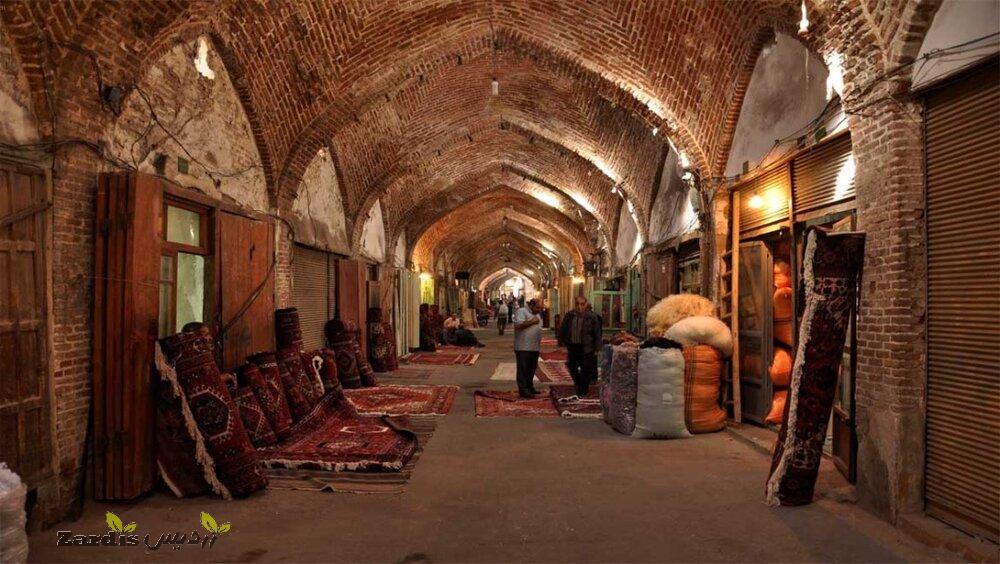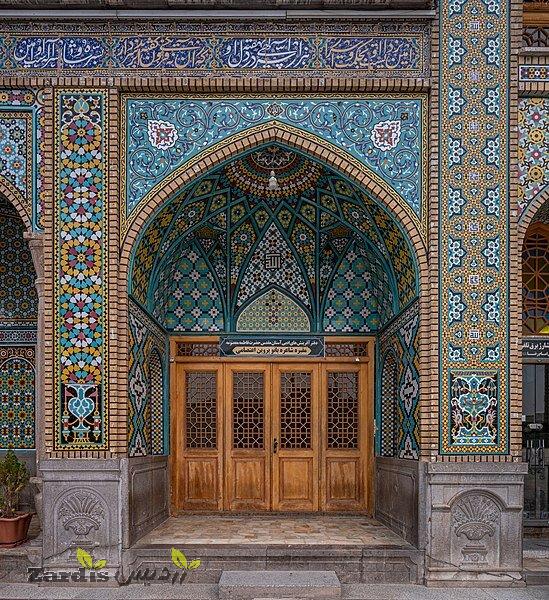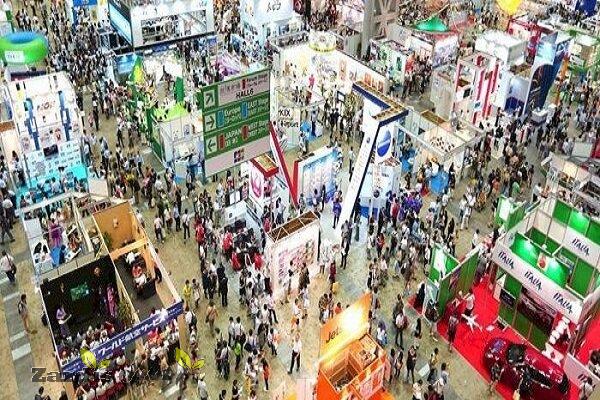TEHRAN – A team of archaeologists and cultural heritage experts has conducted a minor excavation at the Seljuk-era (1037–1194) bazaar of Ardebil, which is situated in northwest Iran.
“The excavation is now being carried out at the vaulted passage of Zanjirlu to determine the antiquity and condition of the basements and foundation of this part of the historic bazaar,” Ardebil’s tourism chief Mohammadreza Shayeqi said on Monday.
Upon completion of the archaeological project, the bazaar is scheduled to undergo a full restoration, the official added.
The historical bazaar of Ardebil was once an important trade center during the Safavid era (1501-1736). At that time, Ardebil had a special prestige and enjoyed a remarkable political, social, and cultural status.
Inscribed on the National Heritage list in 1985, the bazaar was extensively restored during Qajar-era (1789–1925).
In the Iranian culture, bazaars have been traditional public spaces in the Iranian cities with great contributions to commercial activities in urban life meanwhile their extended activates can be traced to social, cultural, political, and religious roles. People watching and even mingling with them in the bazaars is one of the best ways to take the pulse of the country. Bazaars have traditionally been major economic and social centers in any Iranian city.
Most mazes and passages offer certain commodities such as carpets, metalwork, toys, clothing, jewelry, and kitchen appliances, traditional spices, herbal remedies, and natural perfumes. One can also bump into colorful grocery stores, bookbinders, blacksmiths, tinsmiths, coppersmiths, tobacconists, tailors, flag sellers, broadcloth sellers, carpenters, shoemakers, and knife-makers.
Several divided carpet sections across the bazaar enable visitors to watch or buy hand-woven Persian carpets and rugs with different knot densities and other features. From another point of view, bazaars are also synonyms of foods, with their unmissable colorful stalls of vegetables, herbs, and spices. Yet, most of these ingredients might be mysterious to a foreign eye.
Sprawling on a high, windswept plateau, whose altitude averages 3,000 meters above sea level, Ardebil is well-known for having lush natural beauties, hospitable people, and its silk and carpet trade tradition. The province is very cold in winter and mild in summer, attracting thousands every year. The capital city of Ardabil is usually recorded as one of the coldest cities in the country in winter.
ABU/AFM
Zardis news | The latest news of Iran and the world
تمامی حقوق مطالب برای "Zardis news"محفوظ است و هرگونه کپی برداری بدون ذکر منبع ممنوع می باشد.
طبق ماده 12 فصل سوم قانون جرائم رایانه ای کپی برداری از قالب و محتوا پیگرد قانونی خواهد داشت.







